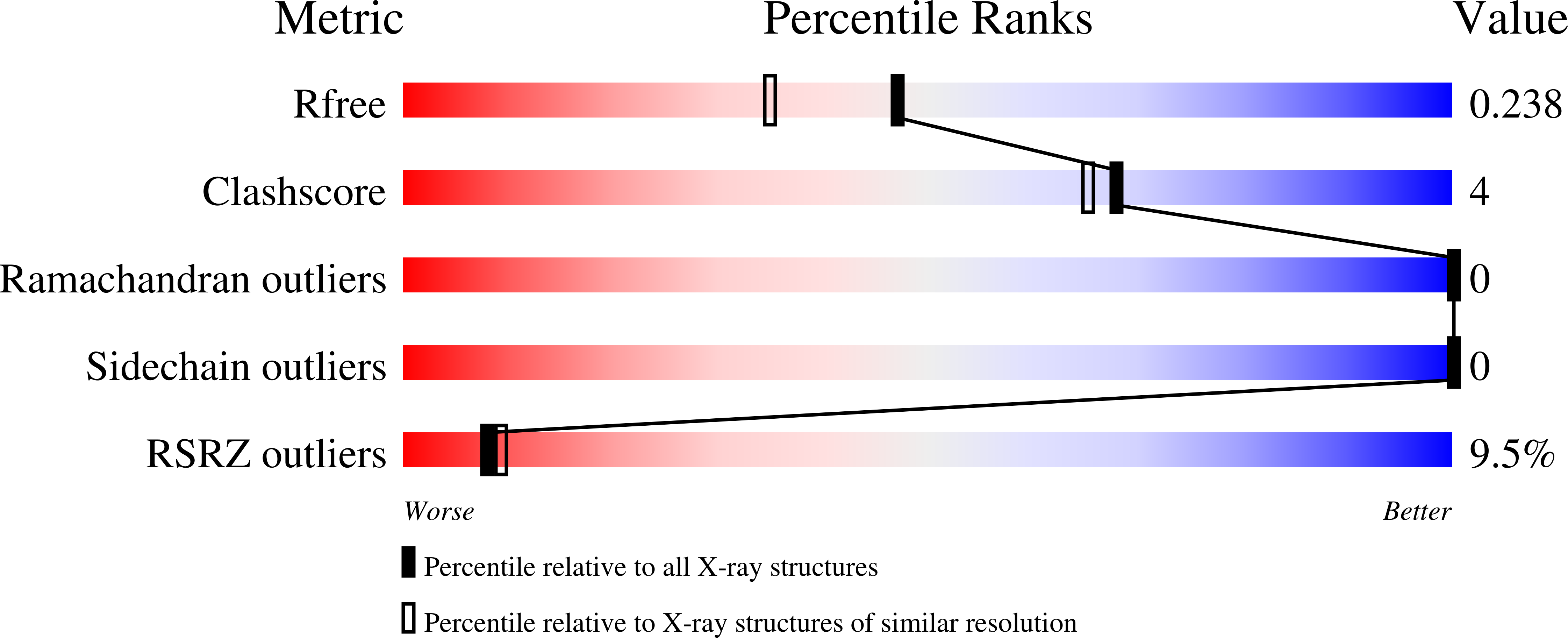Adaptive Cartesian and torsional restraints for interactive model rebuilding.
Croll, T.I., Read, R.J.(2021) Acta Crystallogr D Struct Biol 77: 438-446
- PubMed: 33825704
- DOI: https://doi.org/10.1107/S2059798321001145
- Primary Citation of Related Structures:
7NRB, 7NRY - PubMed Abstract:
When building atomic models into weak and/or low-resolution density, a common strategy is to restrain their conformation to that of a higher resolution model of the same or similar sequence. When doing so, it is important to avoid over-restraining to the reference model in the face of disagreement with the experimental data. The most common strategy for this is the use of `top-out' potentials. These act like simple harmonic restraints within a defined range, but gradually weaken when the deviation between the model and reference grows beyond that range. In each current implementation the rate at which the potential flattens at large deviations follows a fixed form, although the form chosen varies among implementations. A restraint potential with a tuneable rate of flattening would provide greater flexibility to encode the confidence in any given restraint. Here, two new such potentials are described: a Cartesian distance restraint derived from a recent generalization of common loss functions and a periodic torsion restraint based on a renormalization of the von Mises distribution. Further, their implementation as user-adjustable/switchable restraints in ISOLDE is described and their use in some real-world examples is demonstrated.
Organizational Affiliation:
Cambridge Institute for Medical Research, Keith Peters Building, Cambridge CB2 0XY, United Kingdom.















